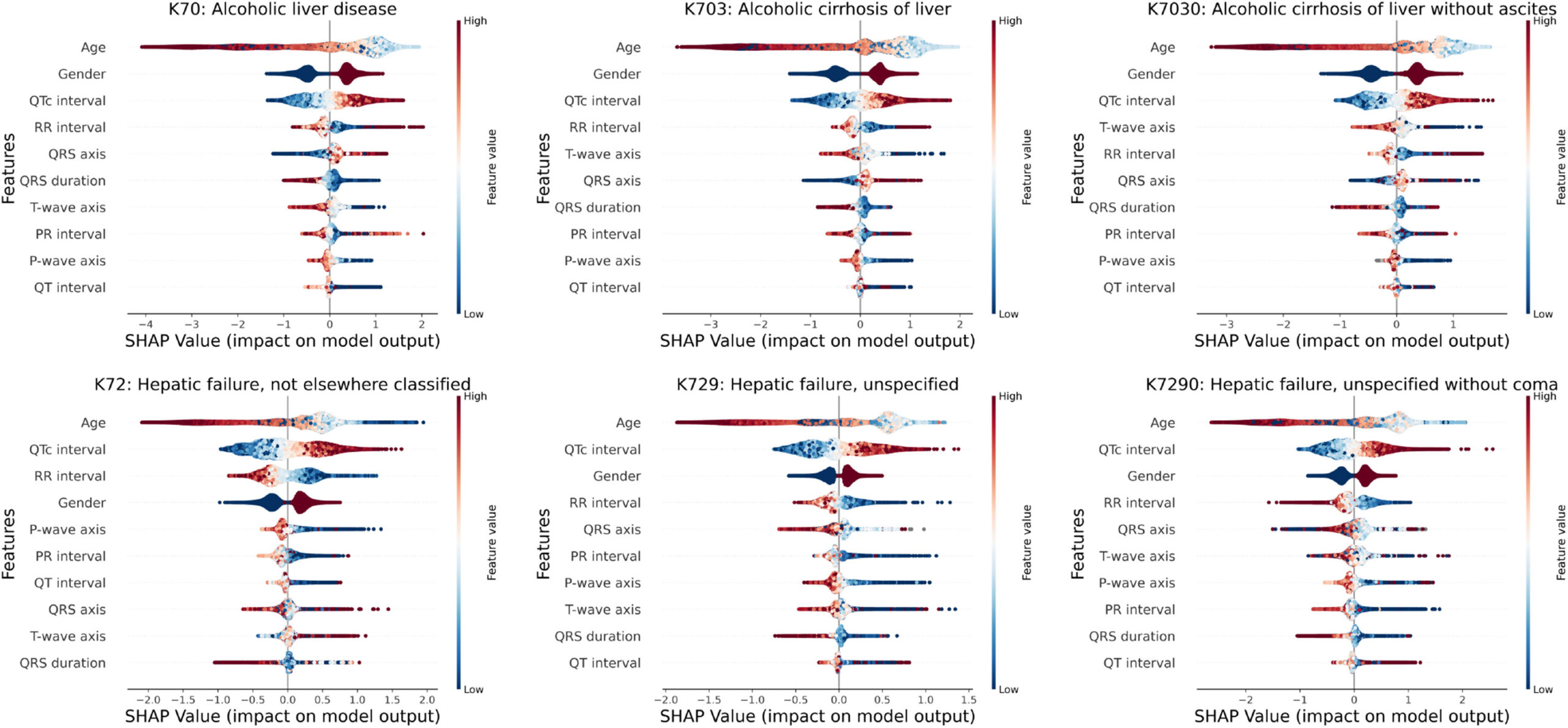Fascinating journal article here, titled “Electrocardiogram-based diagnosis of liver diseases: an externally validated and explainable machine learning approach.” [SOURCE: ScienceDirect].
The article explores the potential of using electrocardiogram (ECG) data, combined with deep learning techniques, to diagnose various liver diseases. The researchers developed a deep learning model trained on ECG signals and demographic information to predict the presence of liver conditions. Their findings indicate that while demographic factors are more predictive for alcoholic liver disease, ECG signals serve as stronger indicators for hepatic diseases. This suggests that integrating ECG data with demographic information can enhance the accuracy of liver disease diagnoses. The study underscores the promise of leveraging non-invasive ECG data and advanced machine learning models to improve the detection and management of liver diseases.

Summary, from the article:
Background
Liver diseases present a significant global health challenge and often require costly, invasive diagnostics. Electrocardiography (ECG), a widely available and non-invasive tool, can enable the detection of liver disease by capturing cardiovascular-hepatic interactions.
Methods
We trained tree-based machine learning models on ECG features to detect liver diseases using two large datasets: MIMIC-IV-ECG (467,729 patients, 2008–2019) and ECG-View II (775,535 patients, 1994–2013). The task was framed as binary classification, with performance evaluated via the area under the receiver operating characteristic curve (AUROC). To improve interpretability, we applied explainability methods to identify key predictive features.
Findings
The models showed strong predictive performance with good generalizability. For example, AUROCs for alcoholic liver disease (K70) were 0.8025 (95% confidence interval (CI), 0.8020–0.8035) internally and 0.7644 (95% CI, 0.7641–0.7649) externally; for hepatic failure (K72), scores were 0.7404 (95% CI, 0.7389–0.7415) and 0.7498 (95% CI, 0.7494–0.7509), respectively. The explainability analysis consistently identified age and prolonged QTc intervals (corrected QT, reflecting ventricular repolarization) as key predictors. Features linked to autonomic regulation and electrical conduction abnormalities were also prominent, supporting known cardiovascularliver connections and suggesting QTc as a potential biomarker.
Interpretation
ECG-based machine learning offers a promising, interpretable approach for liver disease detection, particularly in resource-limited settings. By revealing clinically relevant biomarkers, this method supports non-invasive diagnostics, early detection, and risk stratification prior to targeted clinical assessments.

